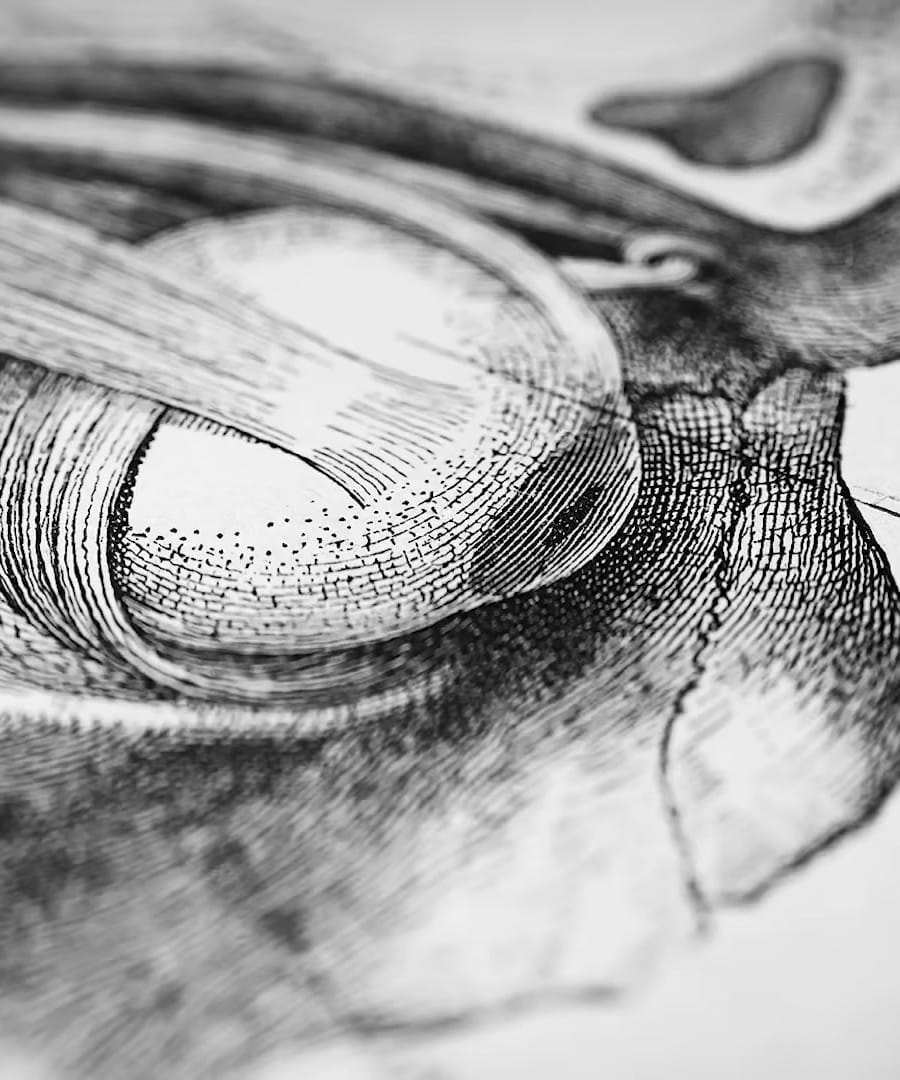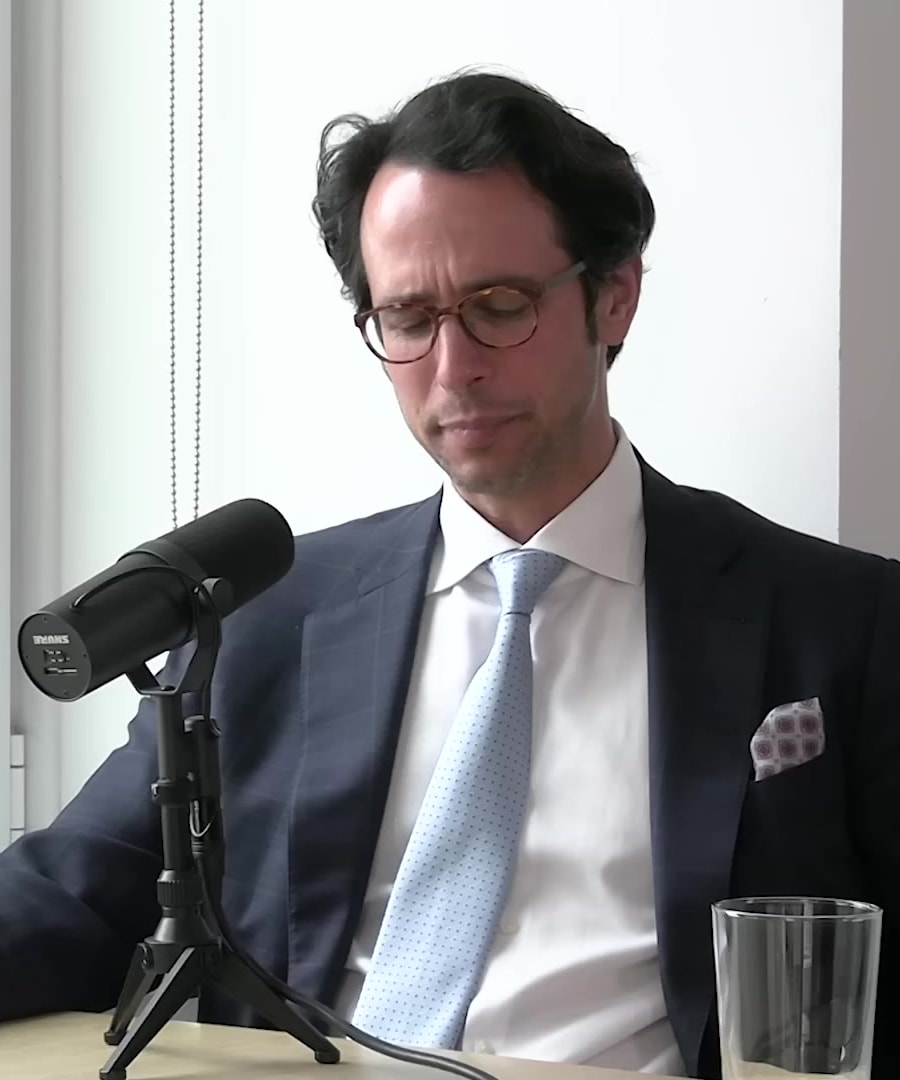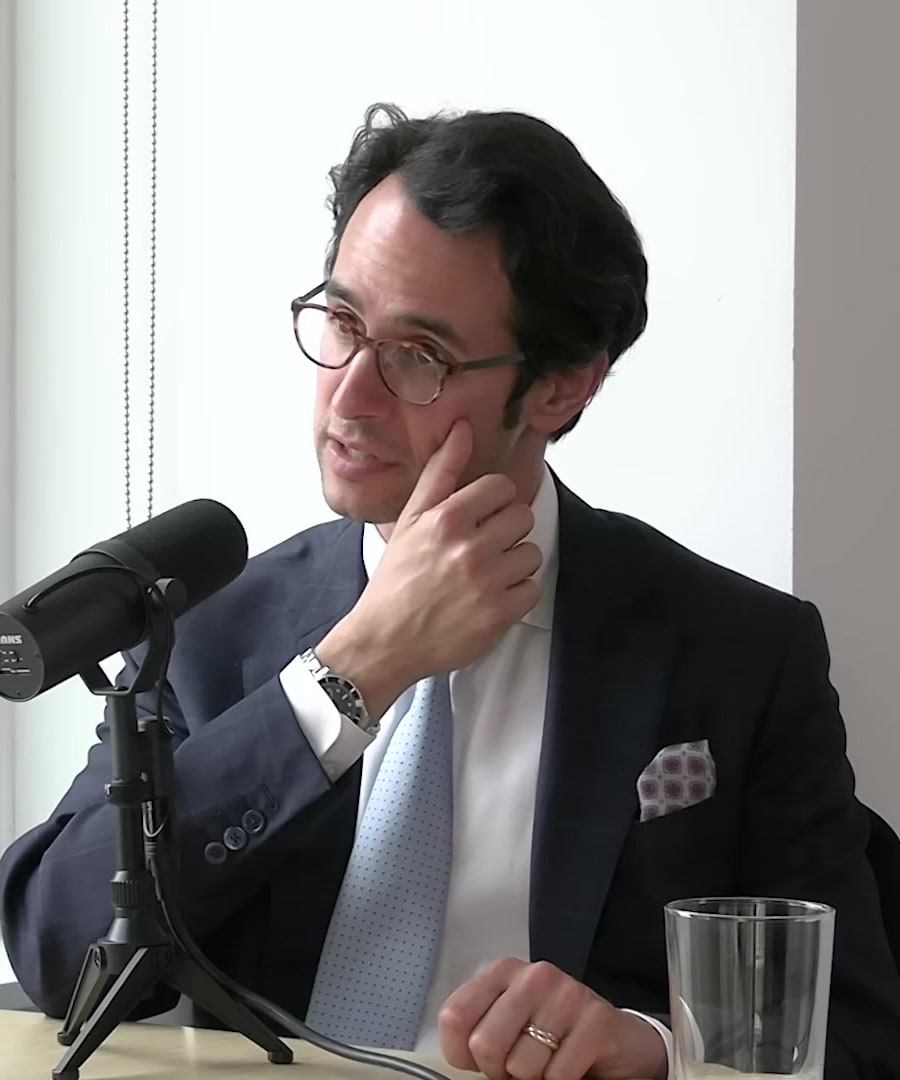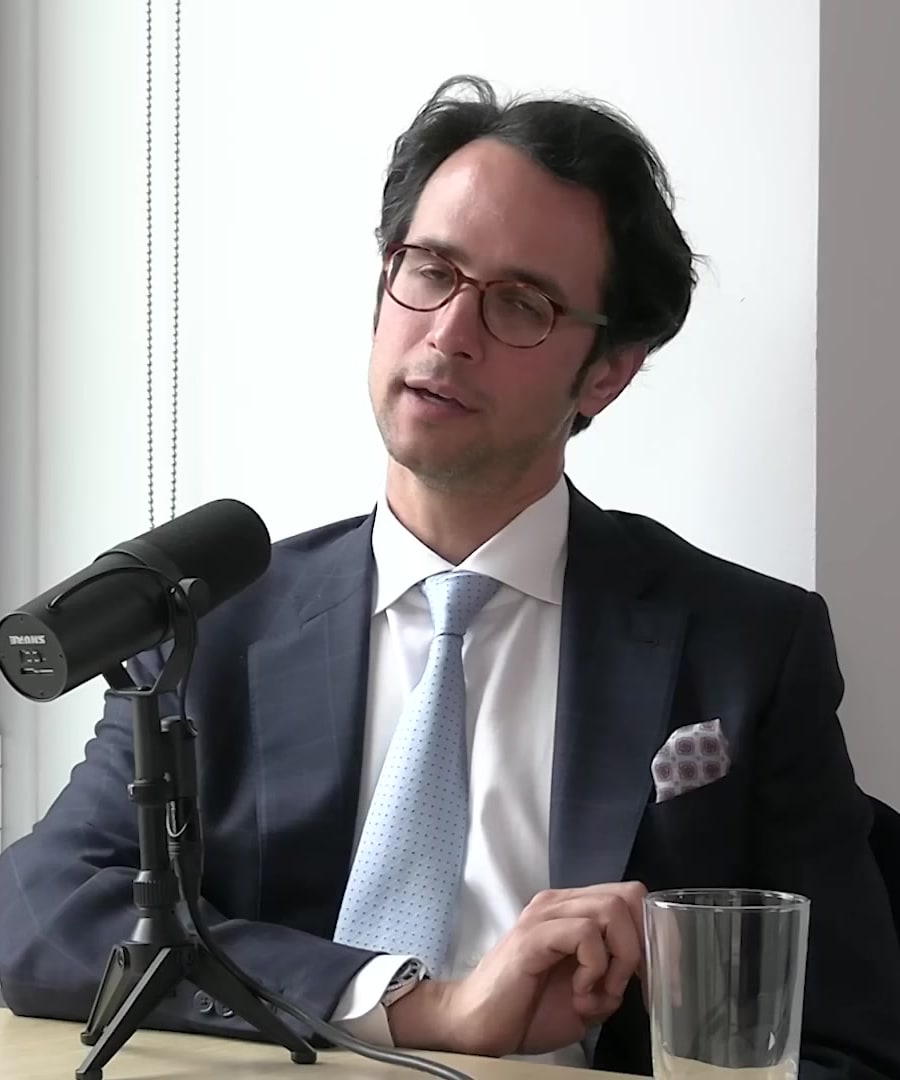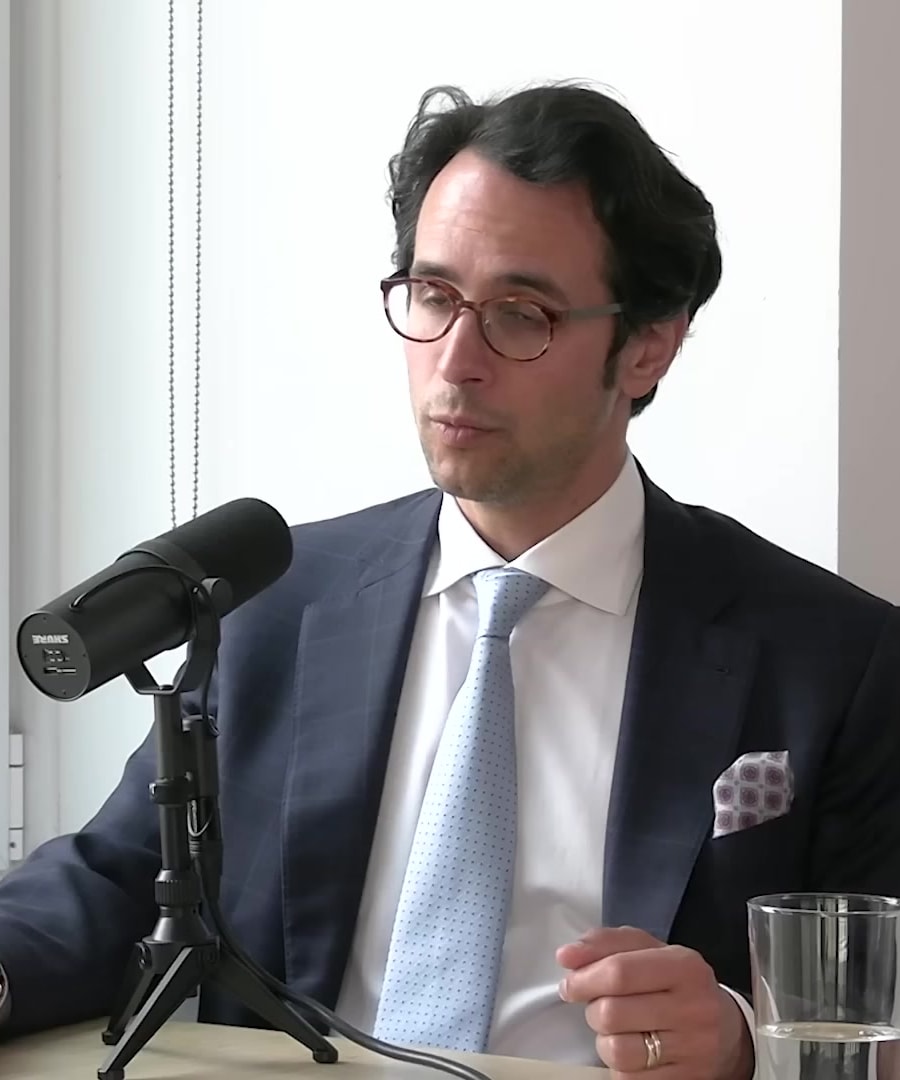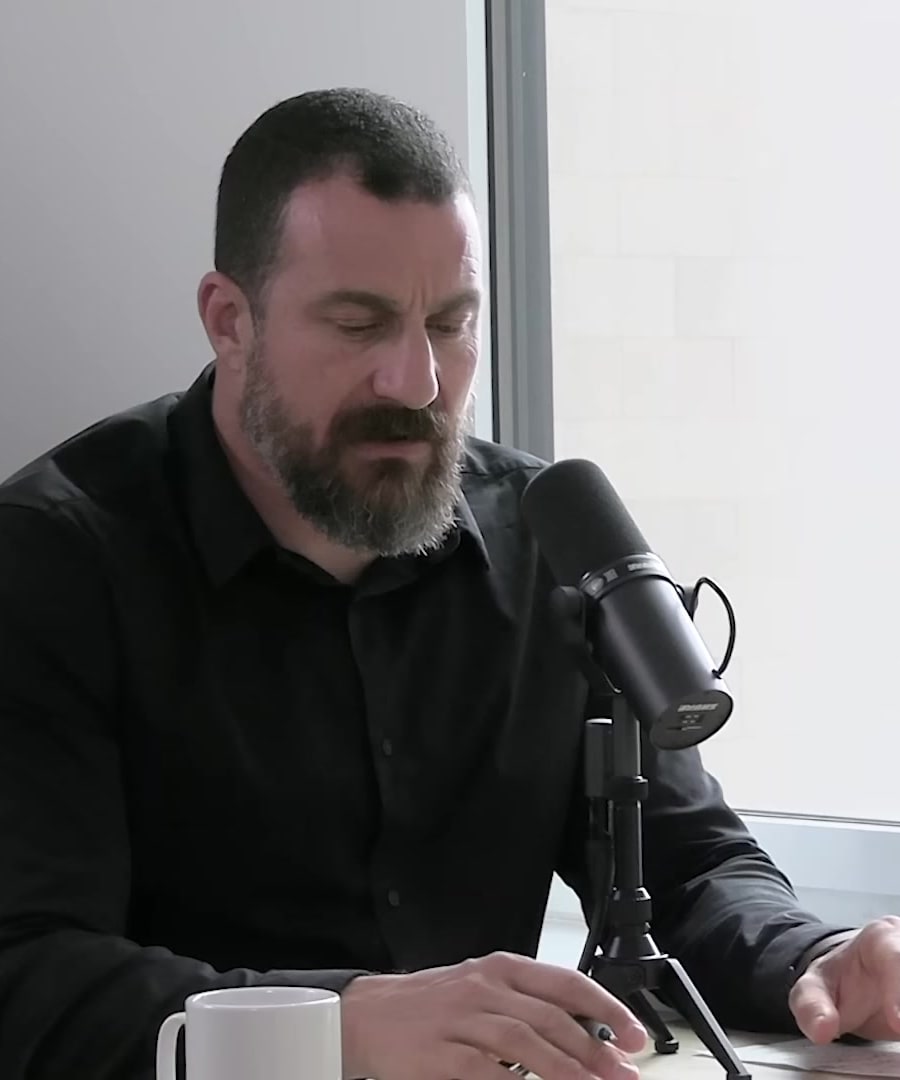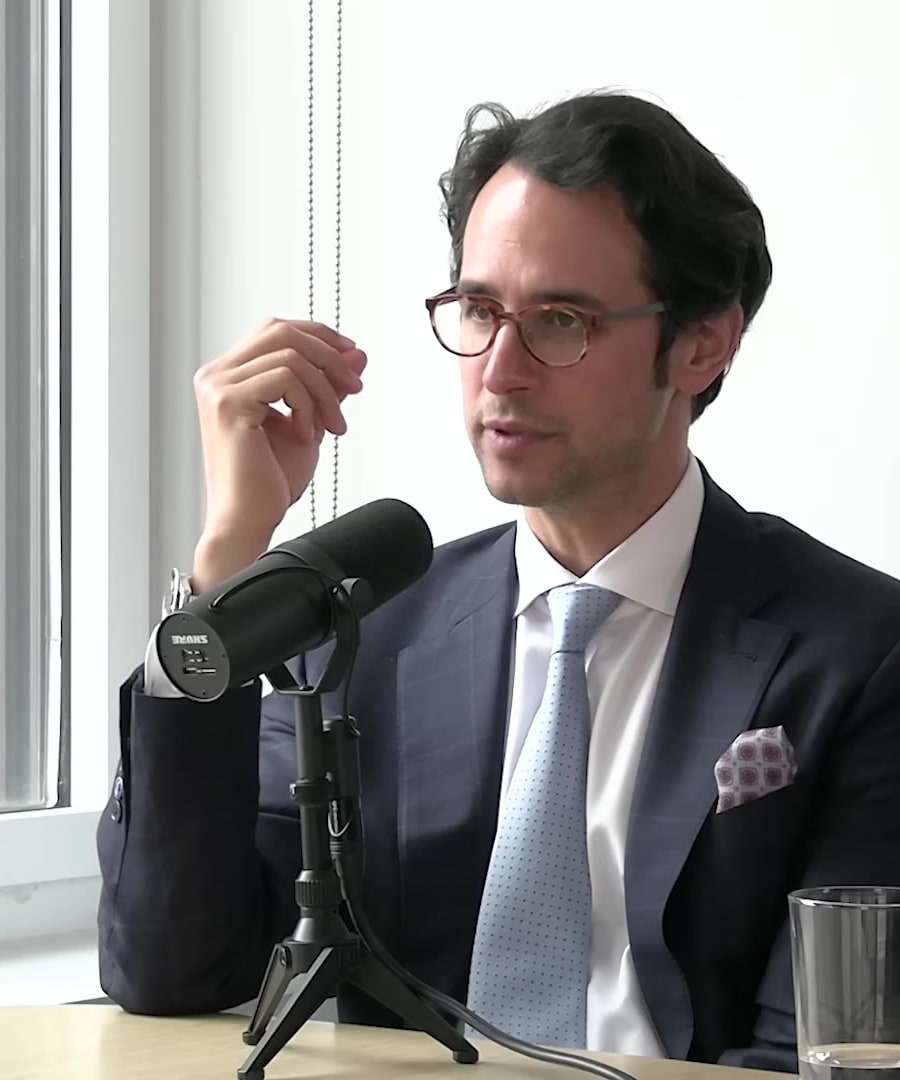Tell me about Casey Halpern
Sources:
is the Chief of Stereotactic and Functional Neurosurgery and a Professor of Neurosurgery at the Perelman School of Medicine at the University of Pennsylvania. His research and clinical practice focus on using deep brain stimulation to treat a variety of compulsive and movement disorders, including binge eating disorders, bulimia, obsessive-compulsive disorder (OCD), Parkinson’s disease, essential tremor, and dystonia. He has appeared on the .
RELATED QUESTIONSWhat are Halpern's current research focuses?
Sources:
is focusing his research on using engineered devices for brain stimulation to treat various compulsive behaviors and neurological conditions. His work is particularly centered on developing deep brain stimulation (DBS) techniques to address conditions like bulimia, binge eating disorders, obsessive-compulsive disorder (OCD), and certain movement disorders such as Parkinson's disease and essential tremor 1. His approach is to apply neural stimulation directly to areas of the brain like the nucleus accumbens, which is involved in dopamine regulation and compulsive behaviors 1.
Additionally, Halpern is involved in research exploring the potential of non-invasive methods, such as transcranial magnetic stimulation (TMS), for treating depression and OCD. He stresses the importance of these non-invasive approaches and is working on projects that could use TMS to define neural circuits, potentially leading to improved treatments for psychiatric conditions 2. His research also extends to the treatment of anorexia, suggesting that similar brain stimulation approaches used for obesity could be applied here due to overlapping mechanisms in these disorders 3.
RELATED QUESTIONSWhat are key topics in Halpern's research?
Sources:
Dr. Casey Halpern's research primarily focuses on several key areas, which include:
-
Deep Brain Stimulation (DBS): This involves the use of electrically stimulating brain areas such as the nucleus accumbens to treat compulsive disorders including bulimia, binge eating, and obsessive-compulsive disorder (OCD). His work aims to modify brain circuits directly to alleviate and potentially cure these conditions 1.
-
Noninvasive Brain Treatments: Halpern explores noninvasive methods like ultrasound technology, which has shown promise in treating tremors, particularly in Parkinson's disease and Essential Tremor. He's involved in trials that investigate using ultrasound to modulate brain activity without requiring surgical procedures 2.
-
Neurosurgical Approaches: His research also looks into capsulotomy, which involves destroying small brain regions to treat severe cases of OCD, when patients do not respond to medications or cognitive therapies. Despite the surgical nature, results have been promising, with many patients experiencing improvement 3.
-
Tech Integration in Mental Health: Halpern considers the potential role of AI and machine learning in predicting and mitigating mental health crises. By analyzing patterns and signals, technology could alert individuals to impending depressive or impulsive episodes, offering preemptive insights and interventions 4.
-
Impact of Diet on Brain Function: His studies also delve into how unhealthy diets, particularly high in refined sugars and fats, can affect reward circuits in the brain, contributing to compulsive eating disorders. This understanding leads to trials aiming to restore normal function with brain stimulation 5.
These diverse focuses highlight Dr. Halpern's innovative approach in using technology and deep neural interventions to tackle complex neurological and psychiatric disorders.
RELATED QUESTIONS-
Who are similar researchers in this field?
Sources:
Here are some experts similar to Dr. Casey Halpern, working in fields such as neurosurgery, neurology, and brain stimulation:
-
Matthew MacDougall: Head Neurosurgeon at Neuralink, an expert in brain stimulation and neural implant technologies aimed at restoring movement for paralyzed patients and those with movement disorders due to neurodegeneration 1.
-
Robert Malenka: A Psychiatry Professor at Stanford, known for his work in neuroplasticity and how brain changes are influenced by learning and rewarding experiences 1.
-
Gary Steinberg: A Neurosurgeon and Professor at Stanford, specializing in brain health, injuries, and conditions like stroke, TBI, and aneurysm 1.
-
Robert M. Sapolsky: A Professor of Biology and Neurology at Stanford, recognized for his research in stress and neuroendocrinology and their effects on health 1.
-
David Berson: Chairman of Neuroscience at Brown University, noted for discovering neurons that influence biological rhythms related to sleep and mood 1.
-
Nolan Williams: A Psychiatrist, Neurologist, and Professor at Stanford, who directs the Stanford Brain Stimulation Lab, focusing on psychiatric and neurological interventions 1.
These researchers share a focus on brain function, modulation, and therapeutic interventions for neurological and psychiatric disorders.
RELATED QUESTIONS-
Tell me about Casey Halpern
- RELATED QUESTIONS
What are Halpern's current research focuses?
- RELATED QUESTIONS
What are key topics in Halpern's research?
- RELATED QUESTIONS
Who are similar researchers in this field?
- RELATED QUESTIONS
